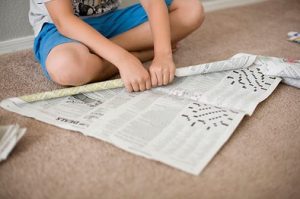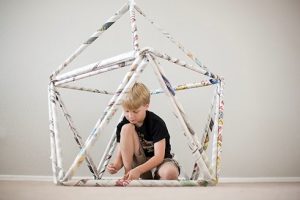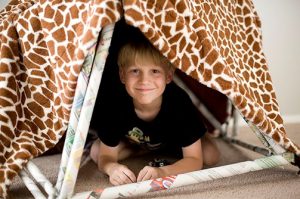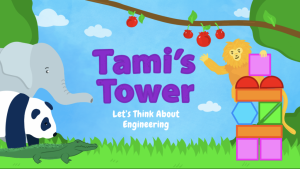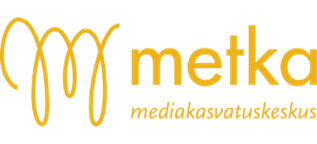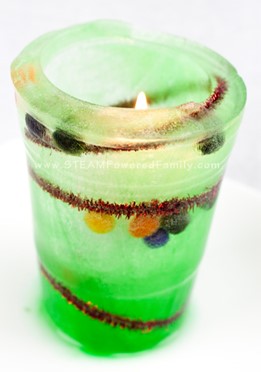How strong is spaghetti? Challenge kids to invent a way to find out!
Material
- 1 package of spaghetti
- 2 sheets of styrofoam
- Books
- Wooden blocks
We started our project by investigating how much weight spaghetti can hold when it’s vertical. We quickly discovered that spaghetti is not very strong! It bends very easily, and breaks easily.
I asked the boys if they thought multiple pieces of spaghetti could hold more weight, and possibly even hold up a book. We tried sticking about 20 pieces of spaghetti into the styrofoam disk.
We decided to see if the spaghetti could hold up our large history book, and of course it could not…
We tried again with our test, and used LOTS of spaghetti. I can’t remember how many pieces this was, but I think it was somewhere in the neighborhood of 200. One of the challenges of balancing weight on top of spaghetti is that it bends and sways very easily! We had good success putting another piece of styrofoam on top of the spaghetti, and then adding weight on top of that.
We were able to get 6 board books on top of the spaghetti! Not a ton of weight, but hey – it’s spaghetti!
Then we devised a second test to investigate the strength of spaghetti when it is lying down horizontal. Aidan built a small bridge out of blocks and laid the spaghetti across the bridge. We were able to pull the spaghetti out of the styrofoam and use the same pieces.
Aidan put blocks on top of the spaghetti on each side to hold it in place. Then he started adding weight in the middle.
Surprisingly, the spaghetti held a lot of weight! I figured that it would be stronger this way than standing up vertically, but it was stronger than I thought it would be.
As Aidan added more weight to the center, he had to add more weight to the sides to keep the spaghetti in place.
What can we learn about the strength of materials from spaghetti?
This article from Scientific American explains what engineers are looking for when choosing the materials to design a bridge, and it has a neat experiment to test tension and compression in a bridge made out of spaghetti. This is probably best for kids age 13+, but parents and teachers can also summarize the information for youngest students. It’s not difficult to read, and I definitely learned something!
Challenge kids to invent their own way to test the strength of spaghetti! Have fun investigating!
Thanks FrugalFun4Boys.com for the idea!
